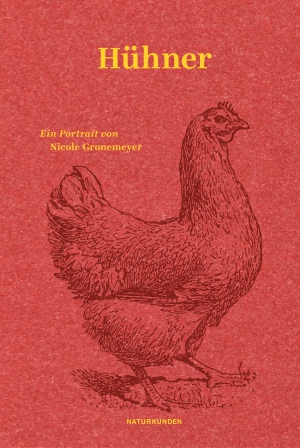Chickens have only been a part of human life for around 3500 years. In the beginning, the closest living relatives of the Tyrannosaurus Rex were worshipped and not eaten – in ancient times they were consulted as oracles and the popular cockfights were held to celebrate the heroism of youth. It was only with the Roman estates that chickens and their eggs became a popular food, and Queen Victoria's enthusiasm for chickens from the Asian colonies was followed in the 19th century by chicken fever, which gripped aristocratic society in Europe and North America. This laid the foundations for the breeding of pedigree poultry, which also provided Charles Darwin with valuable information in the development of the theory of evolution. Industrial chicken breeding began in the 20th century in the USA, where the "chicken of tomorrow" was invented, and the incredible diversity of chicken breeds developed into today's homogeneousness of hybrid breeds. Yet chickens are anything but simple-minded. A chicken can remember a hundred other chickens and knows thirty different sounds to communicate with them. They hiss and shriek, cluck and crow, coo and squawk, cluck and coo. If we could understand them, they would tell us their story of domestication, industrialisation and capitalism. Nicole Gronemeyer, herself a chicken farmer since childhood, translates the sounds of domestic chickens in this loving animal portrait, which appeals to our humanity without any admonition, which is proven not least in our treatment of chickens.
Non-fiction
Nicole Gronemeyer, born in 1969 on a farm in Lower Saxony, is an editor of non-fiction books and lives in Berlin and Brandenburg. After studying cultural studies, she completed her doctorate at the Goethe University in Frankfurt am Main with a thesis on magical nature writings from the early modern period.







